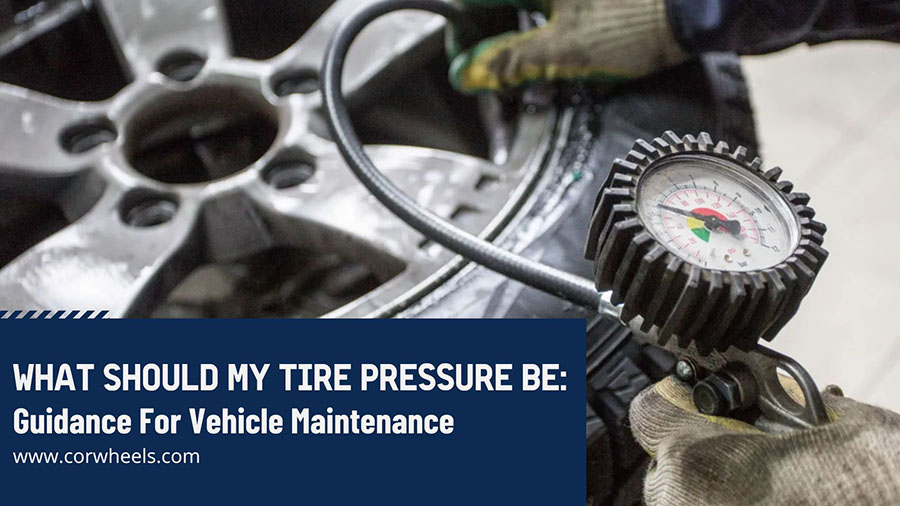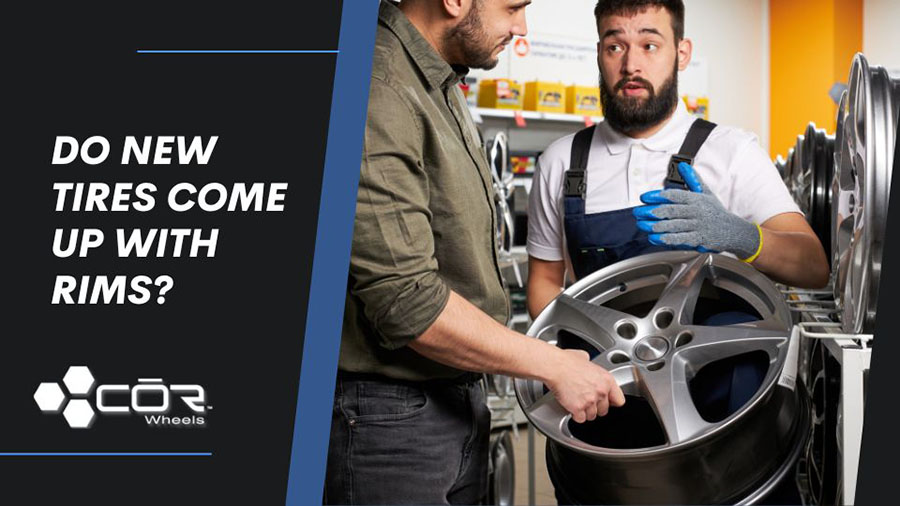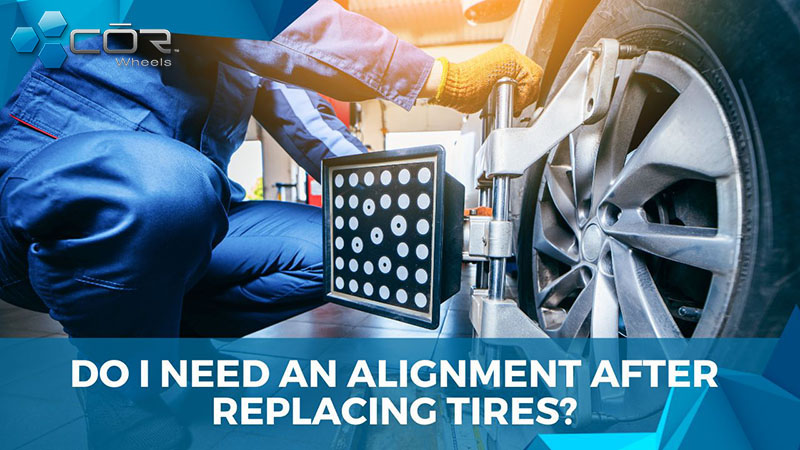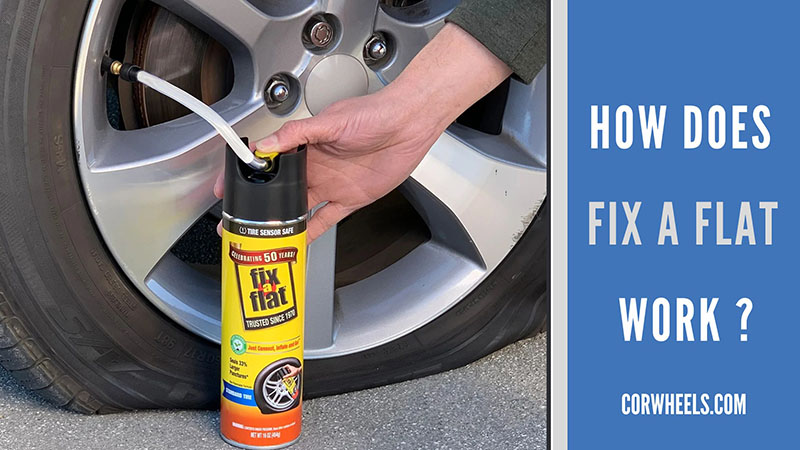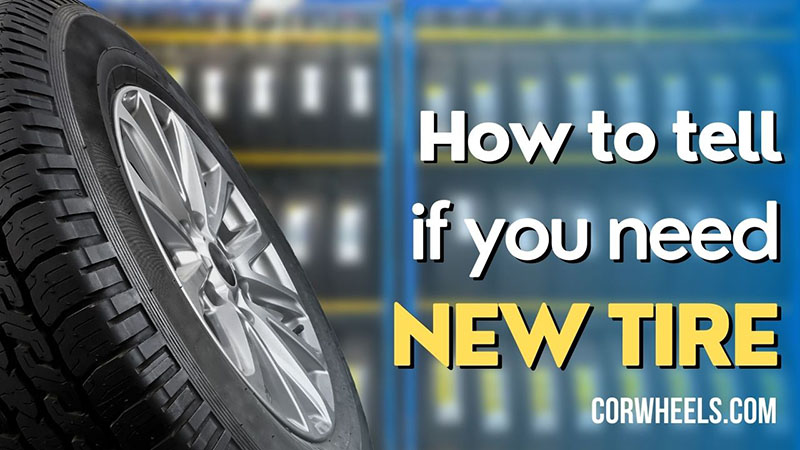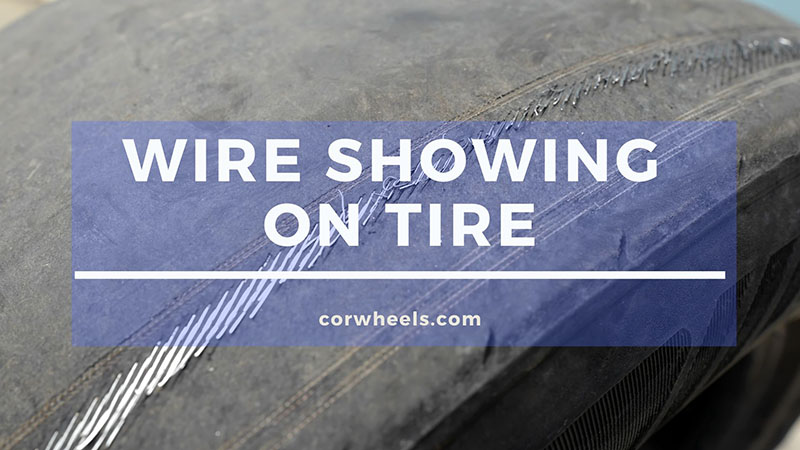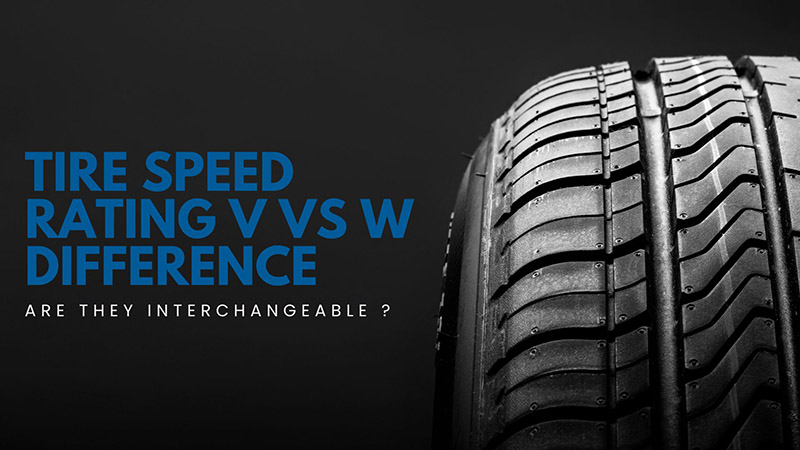Tire pressure is an important matter related to tire life, performance, and latent risks to your everyday driving safety.
Knowing the correct pressure can help you avoid any danger while traveling and be aware of over or underinflated conditions.
In this article:
What PSI Should My Tires Be?
The ideal pressure is the optimal rate set by the vehicle manufacturer to ensure the tire performance is smooth and durable.
The specifications vary, depending on tire manufacturers. However, in general, the recommendation is between 28 – 36 PSI (pounds per square inch). To be more specific, the optimum rate is 30 or 32 PSI. PSI rating shows how much air to fill in your tires.
Maintaining the recommended pressure is important as it saves gas mileage, lengthens tire life, and keeps you safe.
The recommended PSI rating is commonly found on a sticker inside the driver’s door or in the operator manual. In contrast, the maximum pressure allowed can be found on the sidewall, according to Consumer Reports.
Note that this specification indicates the cold pressure, which means the PSI rating should be measured when there is no more add-on heat generated due to external influences, such as friction when you drive your car or the heat when you park your vehicle in the sun for several hours. The heat can increase the air pressure by several PSIs, so if you want an accurate reading of the PSI rating, you had better let the car rest overnight.
Checking Pressure
It would help if you had an accurate tire pressure gauge to check the air pressure, which is quite easy. Both traditional stick-type or digital tire gauges can work well, and you can do it at home or the service center.
After having a good gadget, follow this 2-step instruction: remove the valve cap, insert the traditional or digital gauge into the valve stem, press down quickly and hold the tire gauge’s tip firmly for accurate tire pressure reading.
Compare the specifications you’ve just read to the proper level for your vehicle. If the PSI reading exceeds the recommendation, it is an overinflated tire. Let out some air by pushing in the valve until the PSI rating is the same or nearly as same as the proper level.
On the contrary, if the PSI reading is below the ideal level, it is an underinflated tire and needs filling with some more air to reach the recommendation.
By checking regularly, you will take control of how your tires are performing and be aware of any issues before they turn into serious problems. For example, you can notice small leaks earlier and need a quick repair instead of having a flat tire.
What Happens When My Tires Are Overinflated Or Underinflated?
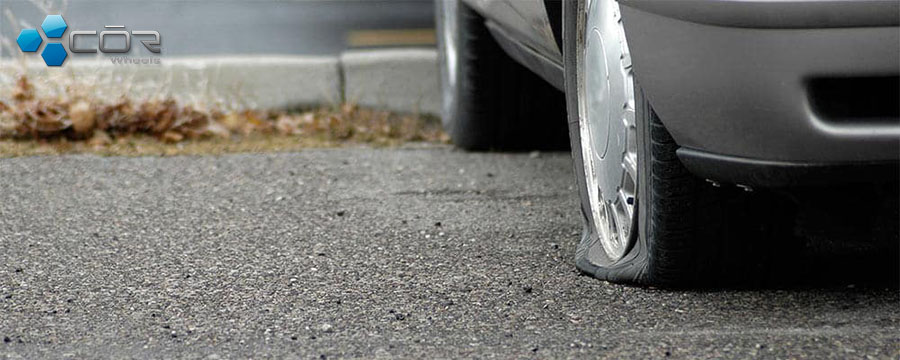
When You Drive With Overinflated Ones
Tires with maximum pressure can give a strong cornering performance, but they can also put you into potentially dangerous driving conditions facing problems with handling. It may prevent braking from being done precisely, and your back end can slide out with one sharp corner.
Besides, when you drive your car with over-inflated tires, their life will decrease rapidly as the rubber rounds out at the top while the tire wear is much faster in the center. It may even cause a sudden tire blowout. A spare tire might be a good idea when the original wheel is damaged.
When You Drive With Underinflated Ones
If you feel your vehicle or your steering wheel is shaking while driving and it doesn’t give the pleasant driving experience as usual, these may be symptoms of tires that are underinflated. As the National Highway Traffic Safety Administration announced, driving in this condition may increase the chances of tire failure, such as abnormal tire wear and unbalanced wheels.
Unless you fix them, there will be more likely that your tire life will be reduced by 15 percent or even more because of rapid premature wear on both outside shoulders.
Driving with under-inflated tires also significantly affects handling and even threatens your safety. It is like having a harsh ride that takes longer to brake, and more of the wheel surface touches the road, causing friction. The overheating from that friction can lead to cracks on tires, tire damage, or blowouts in the worst situations.
That is not to mention the consequence of great fuel consumption. Vehicles with inadequately inflated tires make the engine work harder than usual. The result is poor fuel economy, making you spend a lot on your vehicle’s fuel consumption, and after a year, it might be up to hundreds or thousands of dollars.
See more: Why Does My Tire Keep Losing Air?
FAQs
Can Low Temperature Affect Pressure?
Yes, the change in ambient temperature can. When there is a decrease in temperature, the drivers must check and maintain a normal PSI rating within the winter tire recommendation, as it will drop 1-2 pounds for every 10 degrees of temperature drop.
Is 40 PSI Too Much For Tires?
It depends on which type of vehicle and tire it is because each tire type has a different PSI rating. 40 PSI can be suitable for some types but may be too high or too low for others. For instance, 40 PSI can be appropriate for sports cars, but it is too low for large buses or too high for small 4-seat vehicles with an average pressure of 30-35 PSI.
What Should My Honda Tire Pressure Be?
Here is the recommended tire pressure for Honda models
| Front Tire Pressure | Rear Tire Pressure | |
| Honda Civic | 32 psi | 32 psi |
| Honda CR-V | 32 psi | 32 psi |
| Honda Accord | – 35 psi (high-speed driving) – 32 psi (normal speed driving) | – 33 psi (high-speed driving) – 32 psi (normal speed driving) |
| Honda Odyssey | 35 psi | 35 psi |
| Honda Pilot | 32 psi | 32 psi |
| Honda Fit | – 35 psi (high-speed driving) – 33 psi (normal speed driving) | 33 psi |
Conclusion
What my tire pressure should be is an issue that you and vehicle owners shouldn’t ignore. Checking the specification of your vehicle’s tires regularly can help them last longer, enhance fuel efficiency, and eventually help you save up a huge amount of money.

